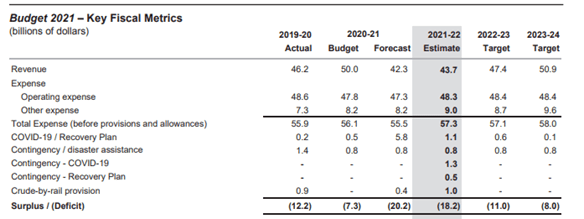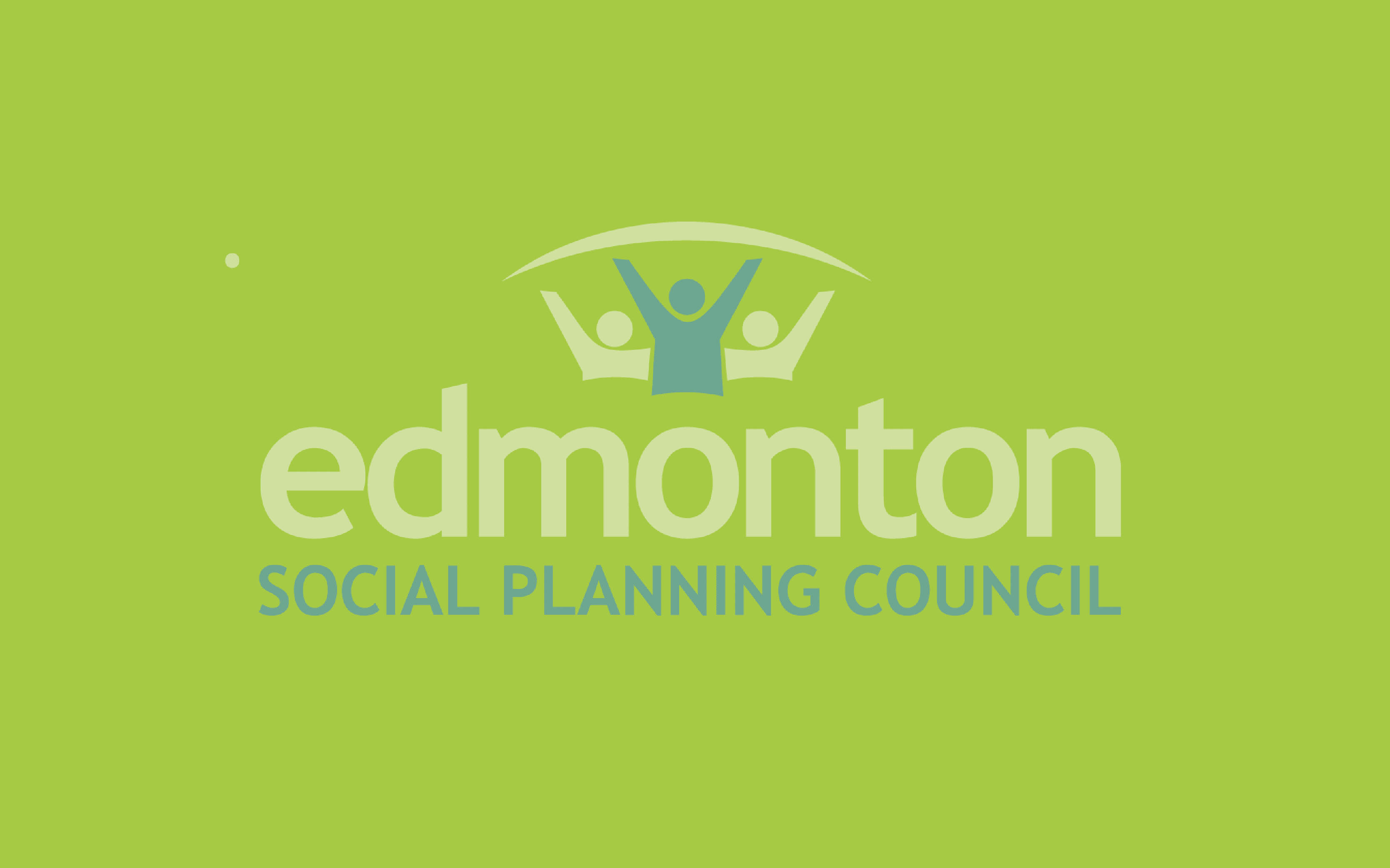[et_pb_section fb_built=”1″ _builder_version=”4.7.0″ custom_margin=”0px||0px||false|false” custom_padding=”0px||0px||false|false” global_colors_info=”{}”][et_pb_row column_structure=”3_4,1_4″ use_custom_gutter=”on” gutter_width=”2″ _builder_version=”4.7.7″ _module_preset=”default” width=”100%” custom_margin=”0px||||false|false” custom_padding=”0px||0px||false|false” border_width_bottom=”1px” border_color_bottom=”#a6c942″ global_colors_info=”{}”][et_pb_column type=”3_4″ _builder_version=”4.7.0″ _module_preset=”default” global_colors_info=”{}”][et_pb_post_title meta=”off” featured_image=”off” _builder_version=”4.7.4″ _module_preset=”default” title_font=”||||||||” custom_margin=”||3px|||” border_color_bottom=”#a6c942″ global_colors_info=”{}”][/et_pb_post_title][/et_pb_column][et_pb_column type=”1_4″ _builder_version=”4.7.0″ _module_preset=”default” global_colors_info=”{}”][et_pb_image src=”https://edmontonsocialplanning.ca/wp-content/uploads/2020/12/COLOUR-BLOCKS_spaced-300×51.png” title_text=”COLOUR BLOCKS_spaced” align=”center” _builder_version=”4.7.7″ _module_preset=”default” max_width=”100%” max_height=”75px” custom_margin=”0px|0px|0px|0px|false|false” custom_padding=”10px|0px|20px|0px|false|false” global_module=”96648″ global_colors_info=”{}”][/et_pb_image][/et_pb_column][/et_pb_row][et_pb_row column_structure=”3_4,1_4″ use_custom_gutter=”on” gutter_width=”2″ make_equal=”on” _builder_version=”4.7.7″ background_size=”initial” background_position=”top_left” background_repeat=”repeat” width=”100%” custom_margin=”0px|auto|0px|auto|false|false” custom_padding=”30px|0px|0px|0px|false|false” global_colors_info=”{}”][et_pb_column type=”3_4″ _builder_version=”4.5.6″ custom_padding=”0px|0px|0px|0px|false|false” global_colors_info=”{}” custom_padding__hover=”|||”][et_pb_text _builder_version=”4.7.5″ _dynamic_attributes=”content” _module_preset=”default” text_font=”|600|||||||” text_text_color=”#2b303a” custom_padding=”||32px|||” global_colors_info=”{}”]@ET-DC@eyJkeW5hbWljIjp0cnVlLCJjb250ZW50IjoicG9zdF9kYXRlIiwic2V0dGluZ3MiOnsiYmVmb3JlIjoiIiwiYWZ0ZXIiOiIiLCJkYXRlX2Zvcm1hdCI6ImRlZmF1bHQiLCJjdXN0b21fZGF0ZV9mb3JtYXQiOiIifX0=@[/et_pb_text][et_pb_text _builder_version=”4.10.6″ text_text_color=”#2b303a” text_line_height=”1.6em” header_2_font=”||||||||” header_2_text_color=”#008ac1″ header_2_font_size=”24px” background_size=”initial” background_position=”top_left” background_repeat=”repeat” text_orientation=”justified” width=”100%” module_alignment=”left” custom_margin=”0px|0px|0px|0px|false|false” custom_padding=”25px||||false|false” hover_enabled=”0″ locked=”off” global_colors_info=”{}” sticky_enabled=”0″]
Written by Sung Min Jo, ESPC Research Assistant
Introduction
At the beginning of 2020, the COVID-19 pandemic—arguably the biggest public health crisis of our time—transformed the prospects of Alberta’s economic climate. In response to these historic events, the government responded with surplus funding to meet public health mandates including mobilizing efforts to purchase protective personal equipment, fund emergency isolation procedures and precautions, and ensure health care facilities were adequately supplied with equipment and staff to manage the uptake of COVID-19 related precautions, procedures, and patient admissions. In total, the Alberta government reportedly allocated $5.8 billion to the COVID-19 response in 2020. It is now 2021, and the provincial vaccination program has placed a considerable damper on the surge of COVID-19 cases, which proceeds the government’s economic recovery plan: aggressive cuts to social sectors including health care and public services in an effort to reduce the estimated $18.2 billion provincial deficit for 2021–2022.
However, the pandemic is not exclusively responsible for the economic turmoil that Alberta is currently in. Alberta has had deficits in the past: $12.2 billion in 2019–2020, $20.2 billion in 2020–2021, followed by our current estimated deficit of $18.2 billion (see Figure 1). What does this mean for Albertans? A growing deficit and debt mean that more tax dollars are spent on paying back interest. According to the 2019 Report and Recommendations by the Blue Ribbon Panel on Alberta’s Finances (also known as the MacKinnon Report), if present trends continue, the government will spend an estimated 5.9% of its budget on interest in 2022–2023, which can translate to the cost of more than 30,000 teachers or 35,000 long-term care beds. The 2021 Budget Highlights released by the City of Edmonton estimates that 10.1% of municipal tax dollars go straight into debt repayment. In response to these alarming numbers, the government’s agenda to cut costs is justified, but may be executed in an inefficient manner by cutting costs in all the wrong areas.

The Problem with Alberta’s Health Care System
Prior to the pandemic, the Blue Ribbon Panel, an independent group of finance experts, examined government spending and recommended areas for savings. Though controversial, the panel’s report produced 26 recommendations to reduce costs based on previous budget spending. The report thoroughly detailed health care spending in Alberta, as health care costs make up 42% of Alberta’s current budget. Alberta spends more money on health care costs per capita compared to other provinces, as displayed in Figure 2.

In Alberta, a standard hospital stay per person is estimated to average around $7,992, compared to the national average at $6,349. The McKinnon Report noted that longer and costlier hospital stays can be attributed to a shortage of alternative care options (i.e., primary care clinics) and increased barriers to discharge and support service resources. The panel recommended that the government “make greater use of alternative service delivery for day procedures and other services that do not have to be delivered in hospitals” (MacKinnon Report, p. 33). In response, the government enforced the Alberta Health Care Insurance Amendment Act under Bill 30 in July 2020. A notable highlight of Bill 30 introduces private contractors in the public health care system, creating a two-tiered health care system. This would allow for-profit corporations to bill the government directly, which could drive up costs to health care. The Parkland Institute reports that although privatization could arguably gratify cost-cutting measures in short term settings, a two-tiered health care system would “set the stage for eroded pay and working conditions, infrastructure gaps, and inequitable access to health care” which increases long-term systemic issues in access and quality of health care (Privatization Pressures in Alberta Health Care, p. 35).
Short-Term Cuts: Not Sustainable to Fix the Problem
The cuts to Alberta’s health care and social sectors all share a common theme: short-term potential and a lack of commitment to the long-term prosperity for Albertans. Cutting corners on costs such as COVID-19 related public health measures, cutting nursing wages, and closing valuable social services (such as safe consumption sites) simply act more as short-term “Band-Aid” solutions that will send this province into further financial burden. In addition, cutting back on public health measures, such as reduced COVID-19 testing services and isolation requirements, will only burden the health care system in the long-run. Thus, investing in public health measures and investing in social services that are committed to vulnerable populations (i.e., those struggling with poverty, addictions, and/or homelessness) is of value in long-term cost saving measures. Cuts to essential social services that are often preventative in nature will worsen the health outcomes and well-being of vulnerable communities, which will translate into increased costs in primary acute care services.
Moving Forward
There is no question that Alberta’s current economic landscape requires significant spending cuts, concurrent alongside diversification in revenue sources to ensure future prosperity for Albertans. To see that Alberta’s fiscal concerns are addressed, the government must collaborate with public health experts to promote sustainable actions and that won’t jeopardize Alberta health care services.
About Sung Min (Amy) Jo
Sung Min (Amy) Jo is a nursing student at the University of Alberta. Following previous work experience with community non-profits, she is excited to pursue a career in public health pertaining to policy and program development in response to barriers experienced by vulnerable/marginalized communities. She is currently working with ESPC in a student placement through Canada Summer Jobs.
[/et_pb_text][/et_pb_column][et_pb_column type=”1_4″ _builder_version=”4.7.4″ custom_padding=”0px|20px|0px|20px|false|false” border_color_left=”#a6c942″ global_colors_info=”{}” custom_padding__hover=”|||”][et_pb_testimonial author=”Posted by:” job_title=”@ET-DC@eyJkeW5hbWljIjp0cnVlLCJjb250ZW50IjoicG9zdF9hdXRob3IiLCJzZXR0aW5ncyI6eyJiZWZvcmUiOiIiLCJhZnRlciI6IiIsIm5hbWVfZm9ybWF0IjoiZGlzcGxheV9uYW1lIiwibGluayI6Im9uIiwibGlua19kZXN0aW5hdGlvbiI6ImF1dGhvcl93ZWJzaXRlIn19@” portrait_url=”@ET-DC@eyJkeW5hbWljIjp0cnVlLCJjb250ZW50IjoicG9zdF9hdXRob3JfcHJvZmlsZV9waWN0dXJlIiwic2V0dGluZ3MiOnt9fQ==@” quote_icon=”off” portrait_width=”125px” portrait_height=”125px” disabled_on=”on|off|off” _builder_version=”4.7.7″ _dynamic_attributes=”job_title,portrait_url” _module_preset=”default” body_text_color=”#000000″ author_font=”||||||||” author_text_align=”center” author_text_color=”#008ac1″ position_font=”||||||||” position_text_color=”#000000″ company_text_color=”#000000″ background_color=”#ffffff” text_orientation=”center” module_alignment=”center” custom_margin=”0px|0px|4px|0px|false|false” custom_padding=”32px|0px|0px|0px|false|false” global_colors_info=”{}”][/et_pb_testimonial][et_pb_text disabled_on=”on|off|off” _builder_version=”4.7.7″ _dynamic_attributes=”content” _module_preset=”default” text_text_color=”#000000″ header_text_align=”left” header_text_color=”rgba(0,0,0,0.65)” header_font_size=”20px” text_orientation=”center” custom_margin=”||50px|||” custom_padding=”48px|||||” global_colors_info=”{}”]@ET-DC@eyJkeW5hbWljIjp0cnVlLCJjb250ZW50IjoicG9zdF9jYXRlZ29yaWVzIiwic2V0dGluZ3MiOnsiYmVmb3JlIjoiUmVsYXRlZCBjYXRlZ29yaWVzOiAgIiwiYWZ0ZXIiOiIiLCJsaW5rX3RvX3Rlcm1fcGFnZSI6Im9uIiwic2VwYXJhdG9yIjoiIHwgIiwiY2F0ZWdvcnlfdHlwZSI6ImNhdGVnb3J5In19@[/et_pb_text][/et_pb_column][/et_pb_row][/et_pb_section]
